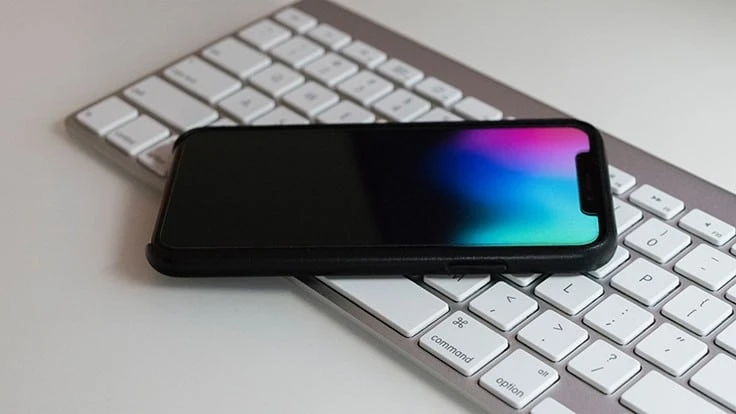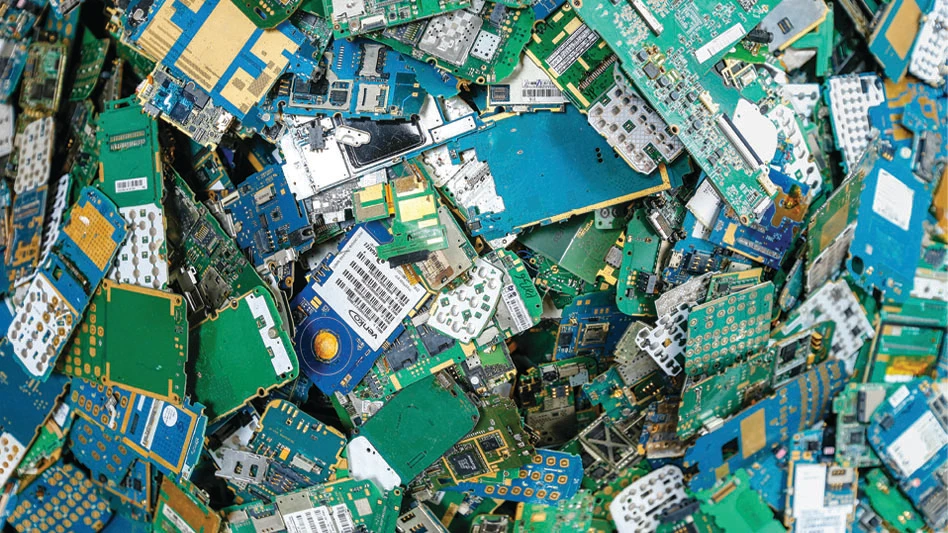
Photo by Nicholas Santoianni on Unsplash
Editor’s Note: The article is a commentary by Damon Culbert, a content writer based in the U.K., on behalf of Repair Outlet, a U.K.-based phone parts and refurbished phone store.
The global refurbished smartphone market started 2021 on a downward trend. Thanks in part to the COVID-19 pandemic, as well as a number of economic deterrents, interest in refurbished phones, as well as smartphone recycling has fallen where previous forecasts expected them to climb.
While this may be a short dip in line with general smartphone sales, which were down 12.5 percent in 2020, the environmental cost of phone manufacturing is immensely damaging and uses a number of finite materials. Most smartphones contain traces of gold, tungsten, palladium and platinum. With these materials already difficult to come by, harvesting old devices as much as possible will be needed to continue our current level of consumption. In order for the industry to improve its practices and create a more circular economy, attitudes toward recycling and refurbishment need to change.
The downward trend of refurbished phones
Online search interest for refurbished phones fell from 17,000 searches in January 2020 to 16,000 searches in January 2021. While this is only a 5.9 percent drop, used and refurbished phones made up only 14 percent of global smartphone sales last year, meaning a drop of any size is costly to the market overall. At a time when consumer confidence should be returning, the industry will need to recover fast if it is to be effective at reducing the environmental impact of smartphone consumption.
225.5 million used smartphones were sold last year compared with 1.4 billion new handsets. While it’s understandable that manufacturers will want to encourage consumers to buy the latest model, 80 percent of a mobile phone is recyclable, so drawing as much use out of every handset as possible considerably improves their impact on the planet.
A single mobile phone uses 74 kilograms of precious metals and the 1.4 billion new devices last year would have used an estimated 21 million metric tons of mined ore. Comparatively, one metric ton of old devices can yield more than 100 times more gold than a metric ton of gold ore. In addition to drawing out a handset’s life span through refurbishment, it will also be essential to properly expand recycling efforts in the coming years.
Interest in recycling phones falling
Similarly, search interest in phone recycling fell from 4,700 searches in January 2020 to 3,300 searches in January 2021. Though in many places the pandemic pushed people to clear out their houses and consider their carbon footprint, awareness around phone recycling seems to be limited.
A recent survey revealed that around 22 million smartphones are currently sitting unrecycled, with a combined value of around 1 billion pounds (or nearly $1.4 billion). This survey also found that more than a fifth of people hoard their devices because they don’t know how to recycle them. With collection options and specialist recycling facilities just two of the ways phones can be recycled, manufacturers, providers and retailers will need to raise awareness to ensure the precious materials from these unused devices is recycled.
While many consumers aren’t aware of how to properly dispose of their smartphones, device manufacturing is also facing a global dilemma. One of the world’s largest component manufacturers Foxconn recently announced a shortage that could result in just under 10 percent of their orders being unfulfilled. This will affect smartphones, consoles and cars but highlights how essential recycling practices are in smartphone production right now.
Recycling versus new output
Apple’s ‘Daisy’ robot is a machine capable of dismantling 200 iPhones an hour, totaling 1.2 million a year. The parts are then reused in their new devices, helping to reduce the impact of virgin mining in their supply chain.
However, in 2020, Apple shipped 195 million units, meaning their recycling efforts are a minimal aspect of their output. Apple and Samsung, as well as network operators like O2, include trade-in schemes to reduce the cost of new handsets. This helps bring down the often prohibitive cost of brand new devices while also helping extend the life of old ones. However, this practice needs to be scaled drastically to combat the sheer amount of brand new devices being purchased every year.
Precious materials used in smartphones are costly to the environment and damaging to the local areas they’re found in. If the phone refurbishment and recycling industries don’t start increasing rapidly, we could soon see a shortage of the materials needed to produce new devices.
Latest from Recycling Today
- Reconomy brands receive platinum ratings from EcoVadis
- Sortera Technologies ‘owning and operating’ aluminum sorting solutions
- IDTechEx sees electric-powered construction equipment growth
- Global steel output recedes in November
- Fitch Ratings sees reasons for steel optimism in 2025
- P+PB adds new board members
- BlueScope, BHP & Rio Tinto select site for electric smelting furnace pilot plant
- Magnomer joins Canada Plastics Pact





